
Understanding and troubleshooting data lines on heavy-duty trucks
September 23, 2021
Understanding and Troubleshooting data lines on heavy-duty trucks will be presented byLarry Turay of LETCO Enterprises. In Larry’s Saturday morning class, attendees will learn how components and subsystem inputs and outputs can influence HVAC operations.Read Article >

AEM Update: Snap application for off-highway R-1234yf
September 22, 2021
MACS will have a variety of heavy-duty and off-road presenters beginning at 8 am on Thursday, September 30. One will be AEM Update: Snap application for Off-highway R-1234yfRead Article >
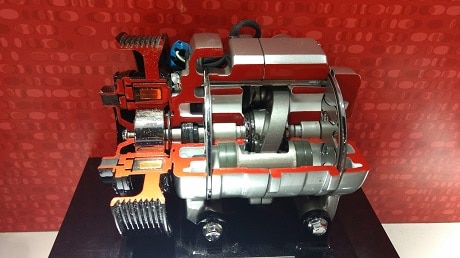
Behavioral characteristics of various compressor types
September 21, 2021
When faced with a challenging A/C system problem, knowing what type of compressor you are dealing with can help streamline the diagnosis process.Read Article >
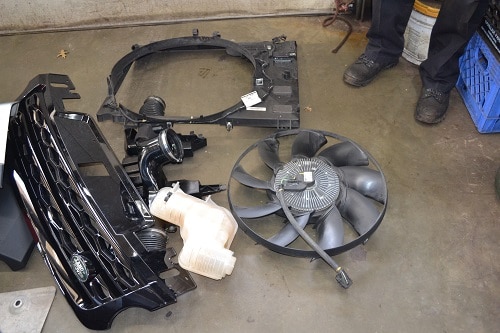
Cooling fan circuit analytics
September 16, 2021
What is Peter Orlando’s class Cooling Fan Circuit Analytics about? It all began decades ago as a mechanical fan attached to the water pump with and without a fan clutch. And now it has evolved into an efficient complex electrical motor control of cooling the modern internal combustion engine.Read Article >

A burned clutch is a symptom of another problem
September 14, 2021
Not much thought is given to compressor clutches until they fail, but they are extremely durable. I have personally owned three vehicles that had between 200, 000 and 240,000 miles on them. They all still had the original compressors and clutches, and they were still functioning perfectly.Read Article >
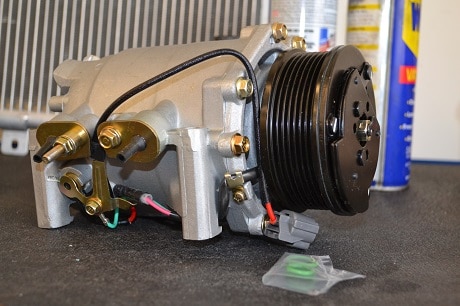
Facts to know about the compressor clutch coil
September 7, 2021
Checking the clutch air gap before installing a compressor is an important step in compressor installation. This is because of the possibility of a clutch air gap getting knocked out of adjustment due to rough handling or it being gapped incorrectly at the factory. These issues of course can cause problems with clutch operation. If detected and corrected before compressor installation, a lot of time can be saved.Read Article >

Mind the compressor clutch gap
August 31, 2021
One of the first things I was taught in my A/C training was to always check the clutch air gap prior to installing a compressor.Read Article >

Field study: Incorrectly installed condensers
August 10, 2021
I have handled numerous tech calls involving older GM trucks with incorrectly installed condensers. In preparation for this series of MACS blogs, I discovered a salvage truck with one of these condenser repairs. This gave me the opportunity to duplicate the incorrect installation and look for pitfalls and solutions.Read Article >
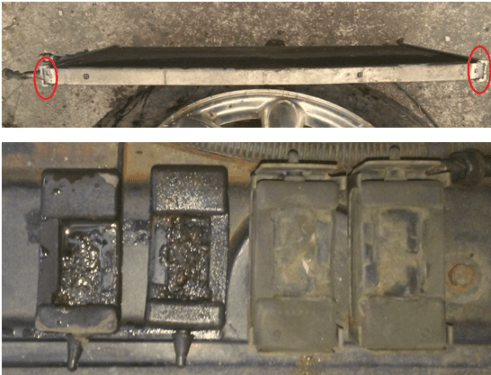
Finding right side up
August 3, 2021
Most condensers have different fittings on the inlet and outlet. The locations of the inlet and outlet on most condensers will not allow lines to be connected incorrectly, even if the fittings do happen to be the same size. Lastly, the designs of the mounts on most condensers prevent a unit from being installed upside down. However, none of these characteristics apply to the condenser the technician had installed.Read Article >
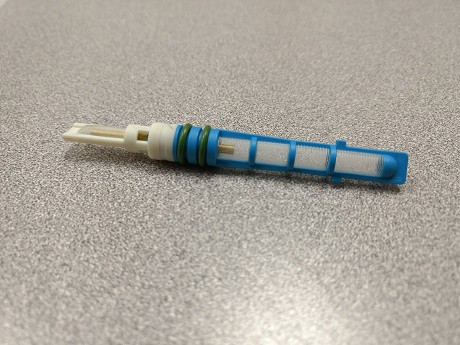
Top three tips on orifice tube behavior
July 20, 2021
In the last four MACS blog articles we covered a lot of detailed information about orifice tube system behavior. We examined a system with a full refrigerant charge verses a 25% undercharge. Now it is time to condense it all down into three important takeaways.Read Article >

Low refrigerant charge and the search for real data part 4
July 13, 2021
When we examined the pressure readings and vent temperature readings last week, there was nothing showing up that indicated any charge issues (even operating with the 25% undercharge).Read Article >

Low refrigerant charge and the search for real data part 3
July 6, 2021
To place as much heat load on the system as possible, we turned the heat in the shop up on high and got it as hot as possible before beginning the test. When the temperature peaked at 89°, we began the test. We tried to keep it constant, but all the heat being generated by the engine in the test vehicle caused it to inch upward by 2.5° before the second test was concluded.Read Article >

